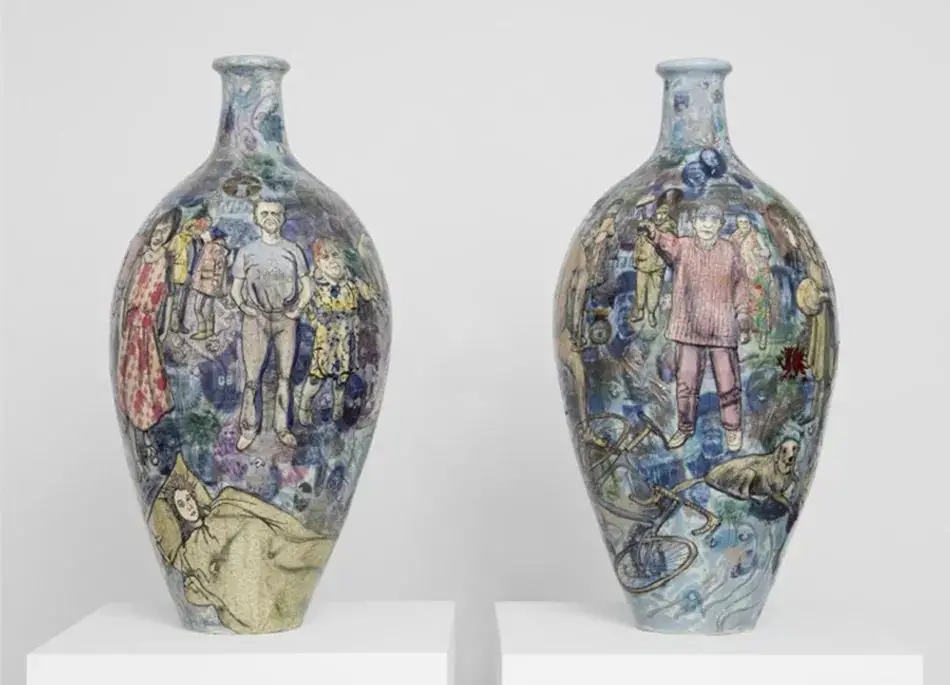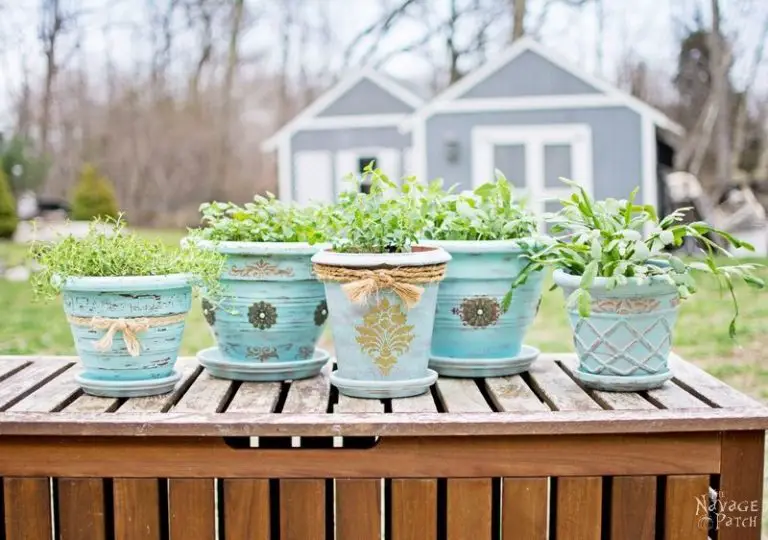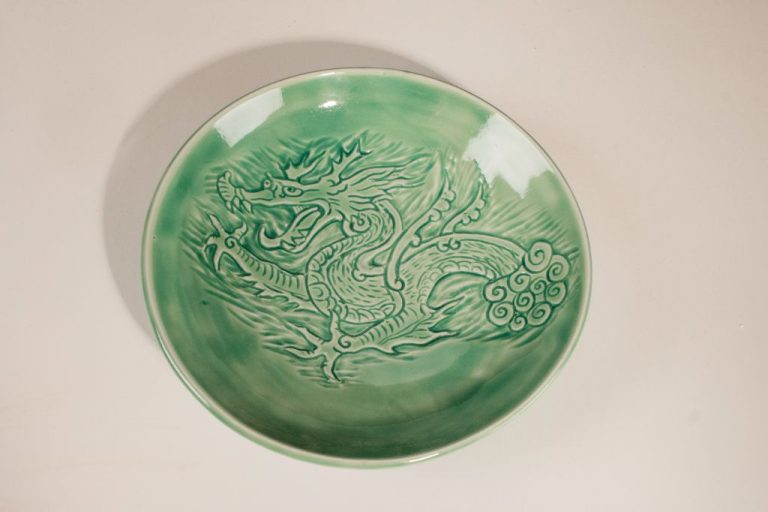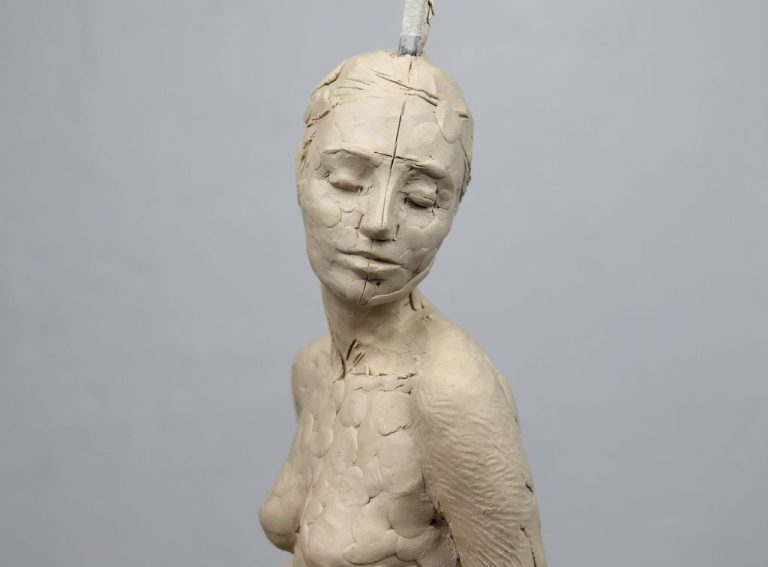Is Art Pottery Valuable?
Art pottery refers to handmade pottery crafted for aesthetic purposes rather than just utility. It emerged as a distinct genre in the late 19th century as new glazing techniques and artistic movements influenced potters. Unlike regular pottery made for mass production, art pottery involves shaping clay by hand and applying unique glazes and decorations.
The Arts and Crafts movement of the late 1800s was integral to the development of art pottery, promoting simplicity in design and craftsmanship. Early pioneers like Maria Longworth Nichols founded Rookwood Pottery in Ohio, which became known for its innovative glazes and floral designs. Other influential American potteries were Grueby Faience Company, Newcomb Pottery, and Teco Pottery. Many took inspiration from Chinese, Greek, Persian and French pottery. Over time the field expanded to include figurines, vases, tiles and more sculptural works meant for display.
Today, art pottery refers to studio pottery made by individual craftspeople, often signed or numbered. It commands higher prices than industrial pottery due to its handmade origins and artistic qualities.
What Makes Art Pottery Valuable
There are several key factors that make art pottery valuable including rarity, age, artist reputation, condition, and aesthetics.
Rarity plays a major role – pieces that were made in limited quantities or come from sought-after artists tend to be more valuable. For example, pots made by influential ceramic artists like George Ohr and Margarete Schott that only have a few known surviving examples can sell for over $100,000.
Age is also important. Older pieces from the Arts & Crafts Movement in the late 1800s/early 1900s tend to be worth more than midcentury or contemporary works. Antique art pottery over 100 years old often fetches higher prices at auction.
An artist’s reputation greatly impacts value. Pieces by famous ceramicists like Adelaide Alsop Robineau, William Grueby, and Charles and Edith Kramer are highly prized by collectors and museums, driving up values.
Condition is critical – art pottery with any damages like chips, cracks, or repairs is worth much less than an intact, pristine example. Well-preserved pieces in excellent condition fetch higher prices.
Aesthetics like colors, glazes, shapes, and decoration influence value. Unusually decorative, intricate, or innovative glazes and vessel forms tend to increase desirability and prices paid by buyers.
Notable Art Pottery Artists

Some of the most famous and influential art pottery artists include:
Edmund de Waal – Known for his minimalist porcelain vessels, often in celadon glazes, de Waal has helped elevate pottery to the realm of high art. His artworks sell for extremely high prices at auction. https://www.singulart.com/en/blog/2023/10/24/famous-ceramics-artist/
Grayson Perry – Perry is famous for his colorful pots incorporating satirical motifs and figurative elements referencing topics like politics, sexuality, and culture. He was awarded the Turner Prize in 2003. His political pots have sold for tens of thousands of pounds. https://www.artsy.net/article/artsy-editorial-20-artists-shaping-future-ceramics
Peter Voulkos – Considered the father of the abstract expressionist ceramics movement in the US, Voulkos pushed the boundaries of traditional pottery in the 1950s-60s with his avant-garde, sculptural works.
Shoji Hamada – One of the founders of the mingei folk-art movement in Japan, Hamada was influential in bringing Japanese pottery to international recognition. His works are noted for their rustic, organic beauty.
Beatrice Wood – A seminal figure in the American Studio Pottery movement, Wood was known for her colorful, innovative clay forms and lustre glazes. She created unique personal pieces as well as production pottery.
Assessing the Value of a Piece
There are a few key steps to appraising and authenticating art pottery:
- Examine the piece carefully and look for any markings, signatures, or stickers that identify the artist, studio, date, etc. These markings are important clues for authenticating the pottery. According to Just Art Pottery, properly marked pieces in good condition tend to be the most valuable.
- Research the piece online to find comparable examples that have sold at auction or through dealers. Recent auction sales on sites like eBay are a good way to gauge fair market value, as noted by The Pottery Wheel.
- Consult expert appraisers who specialize in art pottery. They can inspect the piece firsthand and provide insight into its authenticity and background. According to Value My Stuff, certified appraisers have access to price databases to value pieces accurately.
- Consider having the piece professionally authenticated by an organization like the American Art Pottery Association, if questions remain about its provenance. Their authentication services can help verify that a piece is genuine.
Proper appraisal and authentication requires close examination of details, research into comparable sales, and expert assistance. This due diligence helps establish an accurate fair market value and provenance.
Factors That Increase Value
There are several key factors that can increase the value of a piece of art pottery. Some of the main ones are:
Unique Styles
Pieces that showcase a unique style, technique, or design by the artist tend to be more valuable. For example, Roseville Pottery’s rare “Futura” line with its glossy metallic glaze is highly sought after by collectors (Source). One-of-a-kind art pottery pieces also command higher prices.
Limited Editions
Limited edition runs, especially low numbered pieces, are generally more valuable than standard production pieces. For instance, a tile from a Picasso edition of 500 will be worth more than a similar tile with unlimited production (Source).
Artist Signatures
A signature or mark by a well-known art potter can substantially increase value. Marks should be authenticated, but a genuine signature or hallmark indicates provenance and boosts collector interest. A lamp signed by Louis Comfort Tiffany will be exponentially more valuable than an unsigned Tiffany-style lamp (Source).
Condition
The condition of an art pottery piece greatly impacts its value. Intact pieces in pristine, “mint” condition with no repairs, chips, cracks, or other damage are most desirable. Even small chips or hairline cracks can significantly reduce value. Restored pieces in good condition hold less value than intact originals.
Factors That Decrease Value
There are a number of factors that can decrease the value of a piece of art pottery. Some of the main ones are:
Damage
Damage such as chips, cracks, and broken or missing parts can significantly reduce the value of art pottery. Even a single small chip can decrease the value by 40-50%, according to Just Art Pottery. The more extensive the damage, the lower the value.
Repairs
While repaired damage is better than damage left unattended, repairs will still decrease value compared to an undamaged piece. The visibility of the repair also impacts value. Obvious overpainting or mismatched repair pieces decrease value more than high quality, discreet repairs.
Fakes and Reproductions
Fakes and unauthorized reproductions are common in the art pottery market. These pieces often try to imitate the style and markings of valuable pottery but have much lower value than authentic pieces. Identifying true period pieces takes expertise.
Common Designs
Some art pottery companies made the same forms and designs for decades. While these pieces may be high quality, commonality limits their value. Rare, unusual, or one-of-a-kind designs have more value than ubiquitous pieces according to The Spruce Crafts.
Current Art Pottery Market
The current market for art pottery is quite strong, with continued demand from collectors and decor enthusiasts. According to Grandview Research, the global pottery and ceramics market was valued at $10.72 billion in 2021 and is expected to grow at a CAGR of 3.8% from 2022 to 2030.
Some key trends shaping today’s art pottery market include:
- Increasing interest in mid-century and vintage pieces from renowned art pottery artists and studios like Roseville, Weller, and Rookwood. These classics remain highly coveted.
- Continued popularity of handmade art pottery from contemporary ceramic artists, which offers uniqueness and direct connection to the maker.
- Growing desirability for minimalist, modern shapes and styles in art pottery, often with neutral glazes.
- Rising prices for rare, well-preserved examples of historically significant pottery.
- New collectors entering the market driven by pottery’s affordability compared to other artforms.
While vintage pottery remains prized, the market today strikes a balance between celebrating storied ceramic history and the creative spirit of modern makers.
Finding Buyers and Sellers
There are several places to buy and sell art pottery, depending on whether you are looking to buy a new piece for your collection or sell an existing piece from your collection.
Auction houses that specialize in art and antiques are a great place to both buy and sell art pottery. Major auction houses like Sotheby’s, Christie’s, and Bonhams often feature art pottery in their sales. Regional auction houses can also be a good source. Auctions allow you to bid against other interested buyers to acquire pieces for your collection, or consign pieces you are looking to sell to the wide audience of auction bidders.
Art and antique galleries, especially those that focus on art pottery, offer another venue to buy and sell. Galleries can showcase your pieces if you are looking to sell, while also having a range of inventory to browse if you are looking to buy. Established galleries have networks of buyers and collectors that they can leverage.
Online marketplaces like eBay, Etsy, and Ruby Lane allow you to buy and sell art pottery globally. Listings on these sites make it easy to find specific makers or styles you are collecting. Selling through online marketplaces opens up your pieces to a huge network of buyers. Be sure to ship carefully when sending sold art pottery.
Art pottery-focused conventions and shows provide a more immersive environment for buying, selling, and trading pieces. There are opportunities to connect with other knowledgeable collectors and dealers in person while viewing and discussing available works.
For highly valuable or museum-quality pieces, private sales facilitated by auction specialists and galleries may be the optimal way to extract the maximum value. Reaching out to collectors already focused on an artist or style is key.
With some research and outreach, there are plenty of ways to successfully buy and sell art pottery in today’s market.
Caring for and Displaying Pieces
Art pottery requires some special care and handling to preserve its value and beauty over time. Here are some tips for properly caring for and displaying your art pottery pieces:
Use care when handling art pottery. Many pieces are fragile, so grasp them gently and avoid knocking or dropping them. Wear clean cotton gloves when moving pieces to prevent oils from your hands from transferring onto the glazed surfaces.
Dust pieces regularly with a soft cloth to prevent dust buildup. Avoid using commercial cleaners or abrasives that could damage the glaze. For stubborn dirt, use a slightly dampened cloth and gently wipe. Completely dry the piece afterwards.
Store pieces in an area with stable temperature and humidity levels. Drastic changes in temperature or humidity can cause crazing (fine cracks) in the glaze. Avoid direct sunlight which can also damage the colors. Protect pieces with cotton wrappings or acid-free tissue paper if storing long-term.
When displaying art pottery, choose locations away from high traffic areas where the piece could get accidentally bumped or touched frequently. Use shelves, cabinets with glass doors, or display cases to protect the pieces.
Group pieces with similar colors, glazes, or styles for an aesthetically pleasing display. Use risers, stands, or acrylic shelves to showcase unique shapes and dimensions. Proper lighting that illuminates each piece can enhance the artistic qualities.
Maintaining and frequently assessing the condition of art pottery helps preserve its value. With proper care and display, art pottery can be enjoyed for many generations. For cleaning or repairs, consult a professional to avoid inadvertent damage.
Conclusion
Art pottery encompasses a wide range of ceramic pieces that were made primarily for aesthetic purposes rather than functionality. While art pottery is not as highly valued as antique porcelain or fine china, it can still be quite valuable depending on the artist, style, condition, rarity, and provenance of each individual piece.
Some of the key factors that make art pottery valuable include being created by a renowned artist or studio, being in pristine condition with no damage or repairs, featuring innovative or rare techniques and glazes, having a connection to an important artistic movement or period, and being well-documented and authenticated. More common pieces tend to be worth less, while one-of-a-kind, early works, or pieces with impeccable craftsmanship can be worth thousands.
For collectors, the joy of art pottery lies not just in its monetary value but in appreciating the artistry, style, and history behind each unique ceramic creation. With proper care and display, art pottery can be preserved for years to come and continue to enrich the lives of those who admire these artistic feats in clay.



